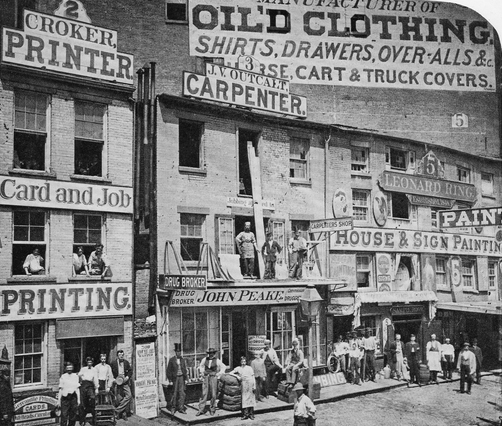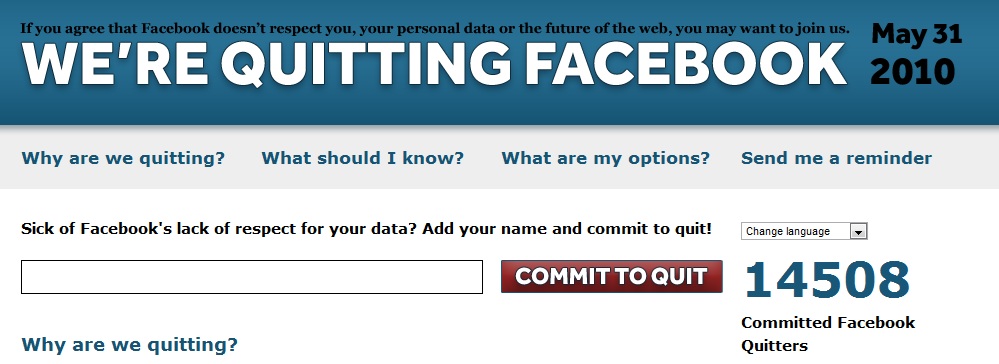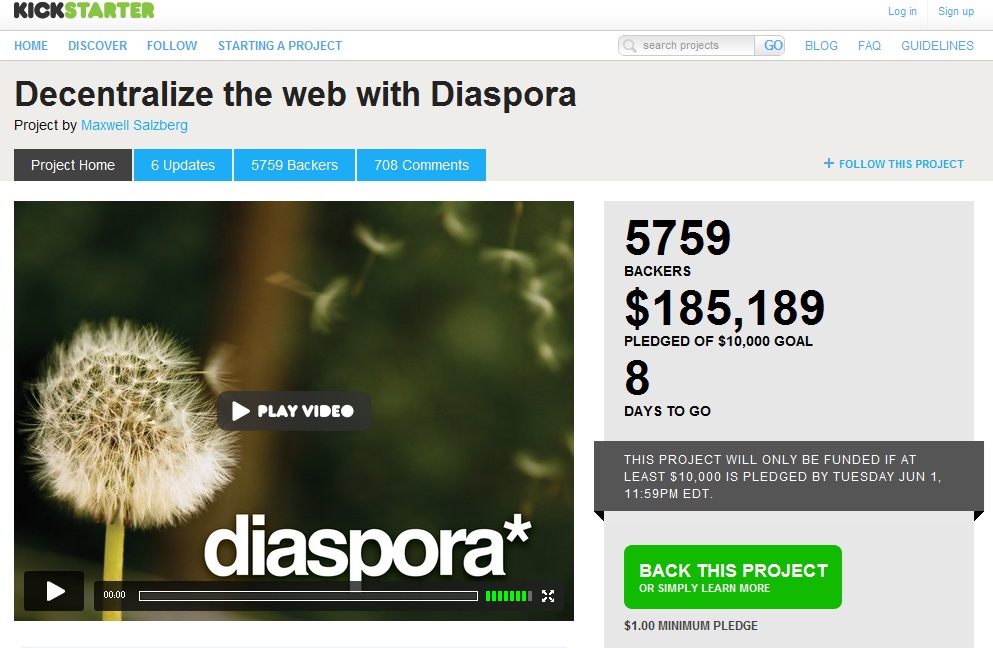If you are interested in technology media coverage or new media, you should take half an hour and study the report just out from the Pew Research Center. Here are the main points I took from reading it:
Echo-chamber: Technology coverage in mainstream media is less than 2% of the total. This just shows how those of us in the industry spend all of our time talking at each other! Twitter is more reflective of the tech biz with 51% about technology. So anyone getting their news from Twitter is going to have the bias of a technology insider.
Microsoft is in the back of the media bus: Of companies featured in the media it was 15% to Apple, 11% to Google, and Microsoft comes in at 3%. Jay Rosen and Dave Winer had an interesting take on it on Rebooting the News this week. They proposed that Google and Apple are fighting on purpose just to suck all of the oxygen away from Microsoft and everyone else. Whatever the reason, it is apparent to people on the inside and the real world that Microsoft is not making the news these days.
Keep it Simple: If you want to get into the main stream media, keep your story simple. The study has a stark example comparing policy coverage on texting while driving to policy coverage on net neutrality. Texting got 12% and net neutrality got 2%. If those of us in the industry cannot form a clear description of what net neutrality is: how is anyone in the real world going to become interested?
No matter your take on the results, we are lucky to have a quality organization like Pew to do a study like this.









